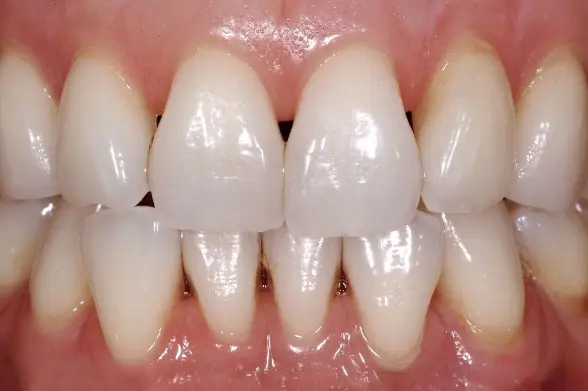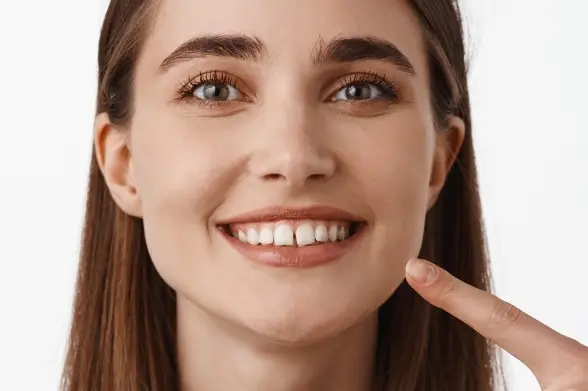With increasing demand for esthetic in dentistry, patients are more concern about beautiful smile. Interdental papilla that fills the triangular space (embrasure) between teeth is key component for esthetics. Loss of this interdental papilla between teeth due to various reasons leads to formation black triangular spaces which are unesthetic. These black triangles also pose problems with speech and plaque accumulation.
These black triangles can occur in about 67 % of people above 20 years of age. Due this high prevalence, even dentist should be aware of various techniques to correct these black triangles and restore esthetic smiles. But its unfortunate many dentists are not aware of recent techniques and their predictability in correcting black triangles.


Periodontal plastic surgery by bone grafting and papilla reconstruction is one treatment option for black triangle. But due to limited blood circulation to papilla, its reconstruction is less predictable.
Combing periodontal surgical procedure with injection of periodontal cells with regenerative capacities is one technique of treating black triangle.
Hyaluronic acid injection into papillary tissue is used to reduce the black triangle.
Reshaping or restoring the shape of teeth or restoration improves the shape of papilla that fills the embrasure space. This helps to reduce the black triangles.
Interdental space should be restored with pink coloured restorative material. Bioclear restorative system is recent matrix system is used treat black triangle in more predictable manner.
BioClear restoration technique: This is recent injection moulding technique used for filing black triangle space. This is non-invasive and predictable method. This technique provides more aesthetic recontouring of teeth and filling space with healthy papilla.

Veneers: ceramic or composite gingival veneers can help to reduce black triangle.
Orthodontic correction: closure of the interdental space with orthodontic treatment be attained with a bodily movement of the two adjacent teeth.